Looking for a travel camera? Make sure it has these 9 useful features before you buy
Travel camera design is just as important as specifications – here’s what I look out for
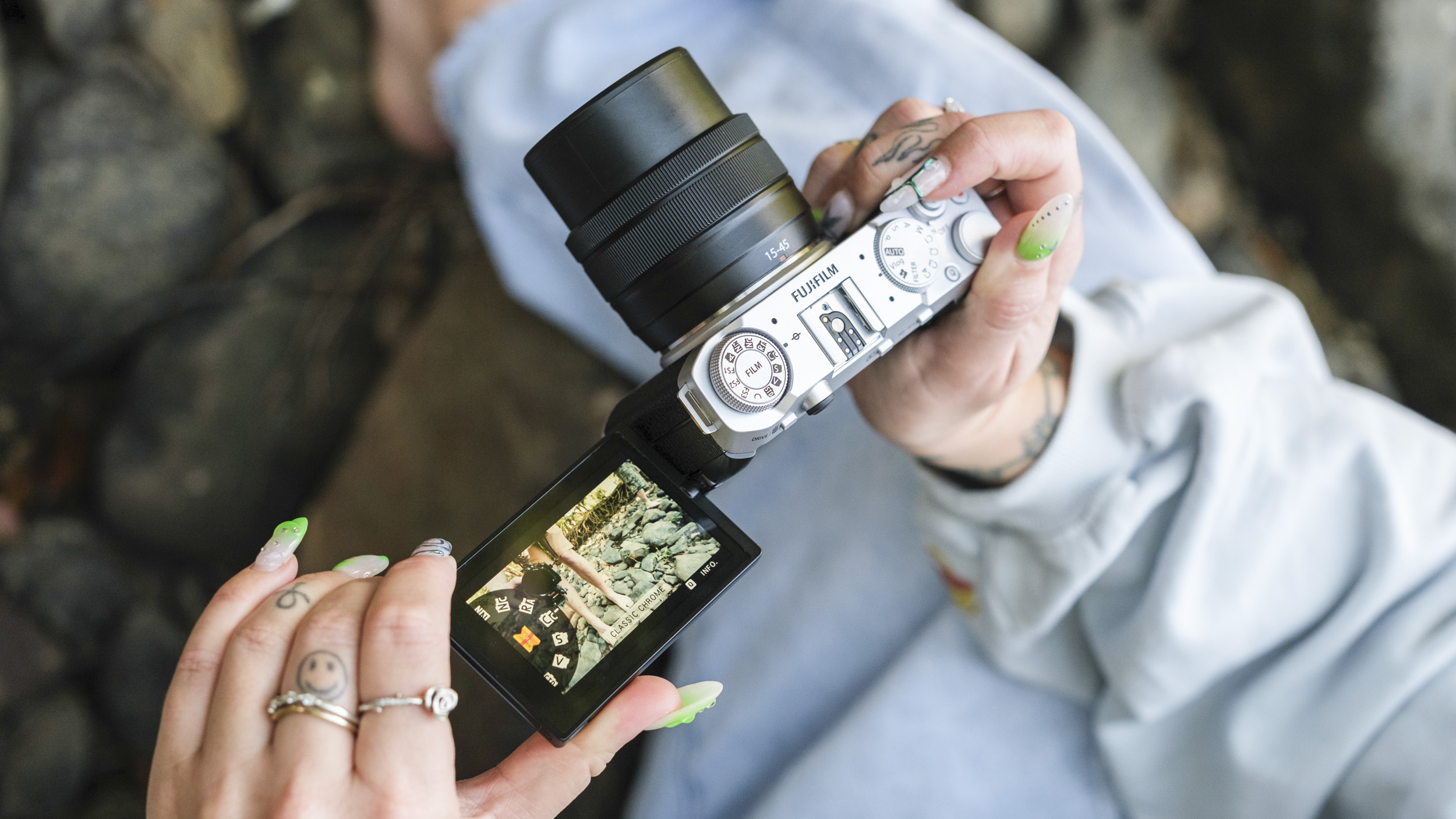
There’s this idea at the back of our minds that there must be one ‘perfect’ camera, if only we could find it. That’s not going to happen! Every genre of photography brings its own special requirements, and specifications are only half the story because design and usability is crucial too.
And so it is with travel photography, where specifications take a back seat and physical design takes over. You can’t measure these things in a lab, but often they are much more important than megapixels, read speeds and AI algorithms.
So if travel photography is your thing, what is it that you should be looking for in the best travel camera? Here are my nine practical pointers:
1. Weight
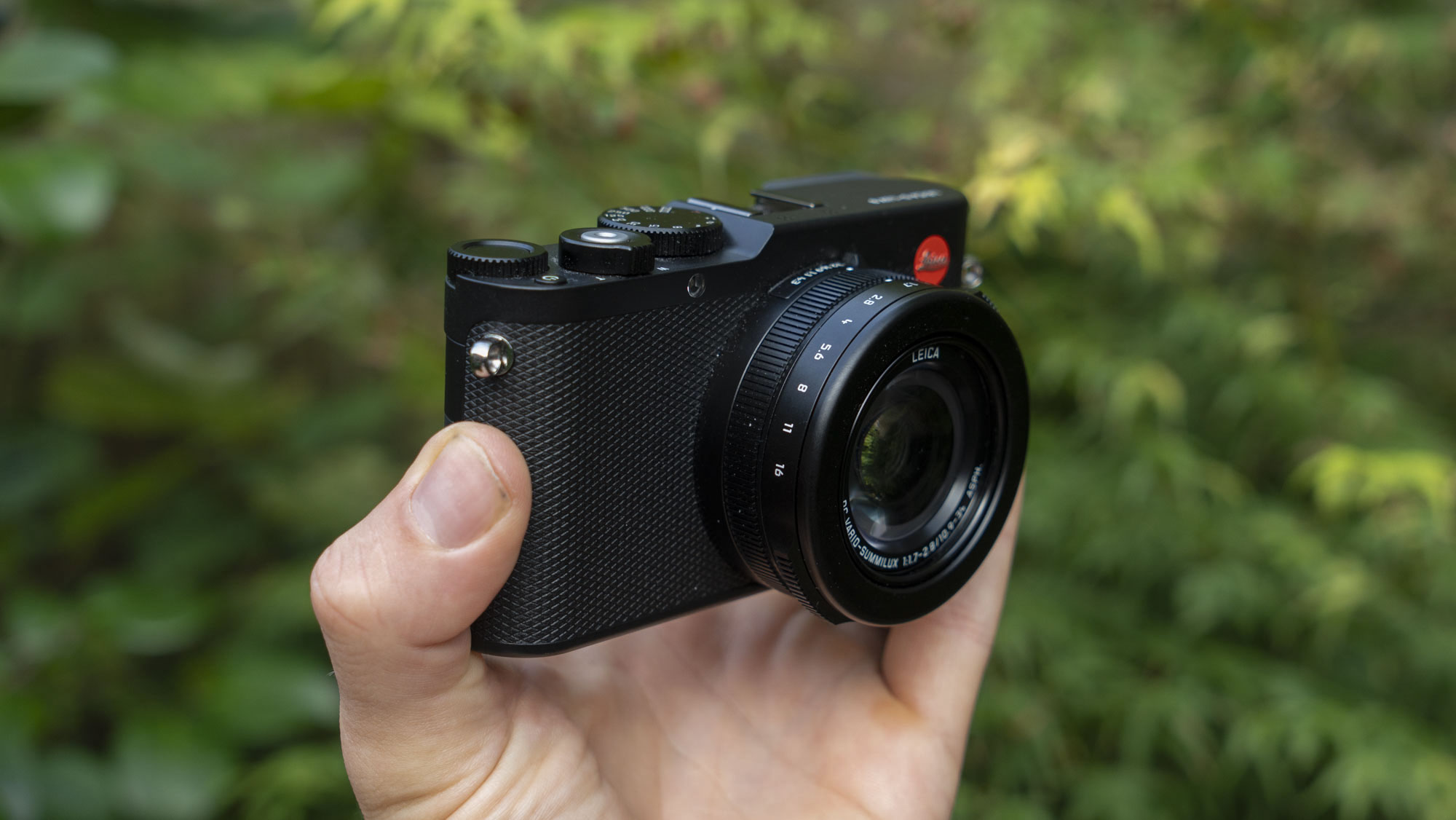
Nobody wants to travel with more weight than necessary, and a lighter camera will always be easier to pack and to handle than a bigger one. It’s better to have a small camera with you all the time than a big camera that spends half its time back at the hotel.
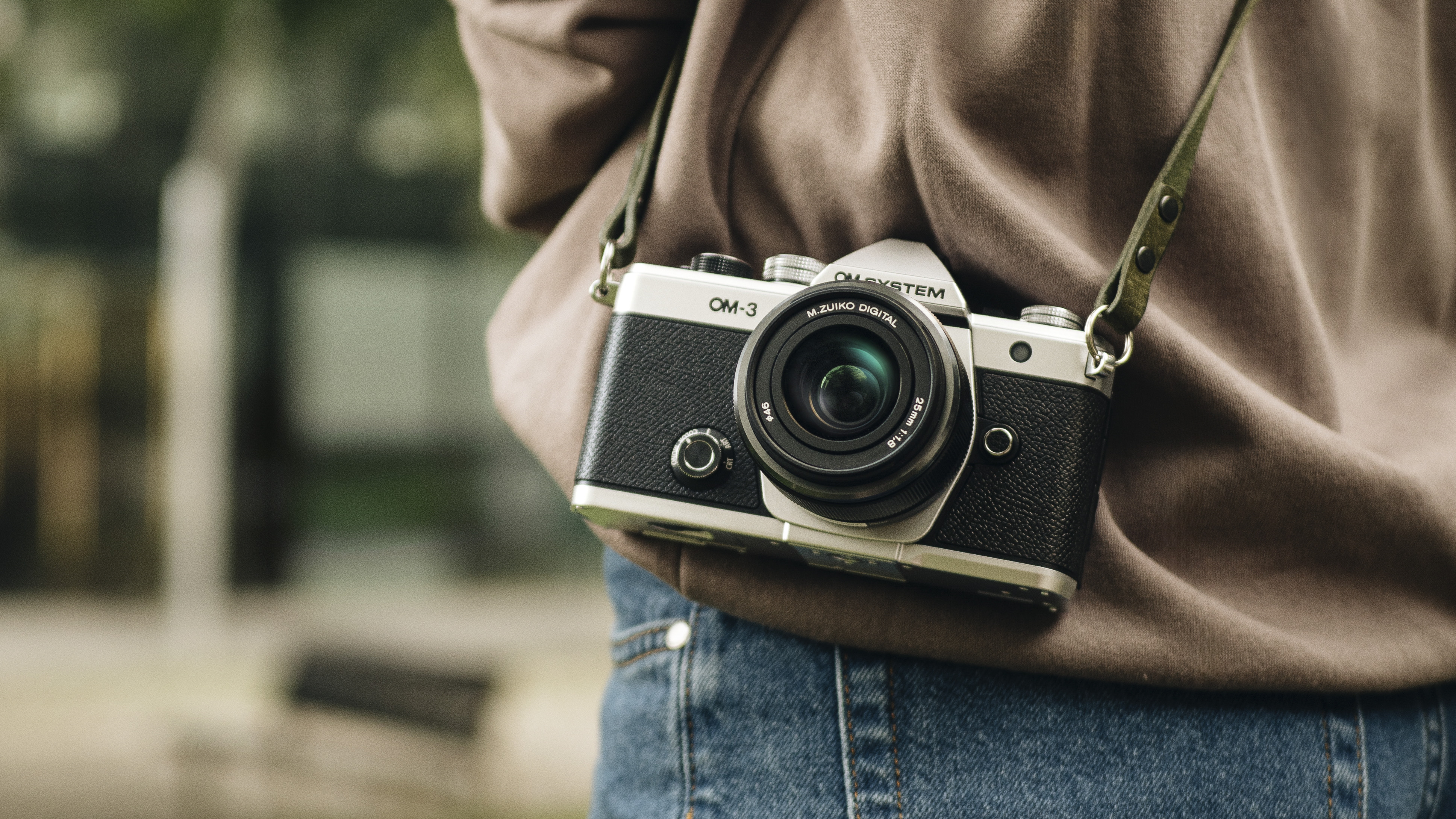
2. Lenses
One of the best compact cameras might seem like an ideal choice for travel, especially if you find one that fits your needs, but mirrorless cameras have a key advantage – interchangeable lenses.
If you do go the mirrorless route (I'd recommended it for quality and versatility), look at the lenses available before choosing a system. Full-frame cameras might not look much bigger or heavier than APS-C or Micro Four Thirds cameras, but the lenses are usually a lot bigger and heavier. The only ones that aren’t are heavily compromised in zoom range or maximum aperture.
APS-C cameras have smaller lenses, while Micro Four Thirds lenses are the smallest of the lot – that's why I prefer travelling with the likes of the OM System OM-5 II.
Sign up for breaking news, reviews, opinion, top tech deals, and more.
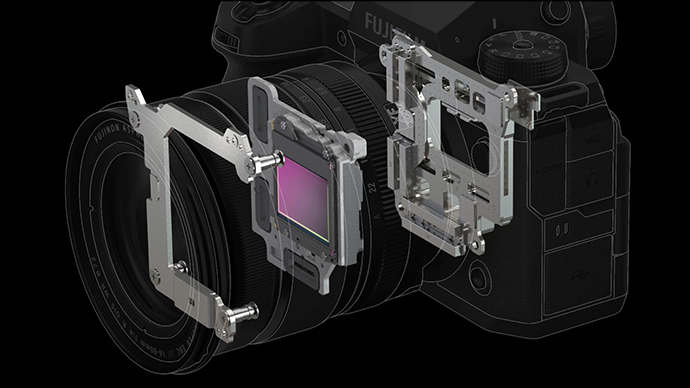
3. Stabilization
Nobody wants camera shake spoiling their shots, especially with unrepeatable, once-in-a-lifetime travel moments, so image stabilization is almost a must-have, just for that little extra reassurance.
Whether you’re bouncing around in a Venetian vaporetto or marvelling at the dimly lit interior of a gothic cathedral, image stabilization just improves your chances of getting the perfect (and sharp) photo, without the need for a tripod.
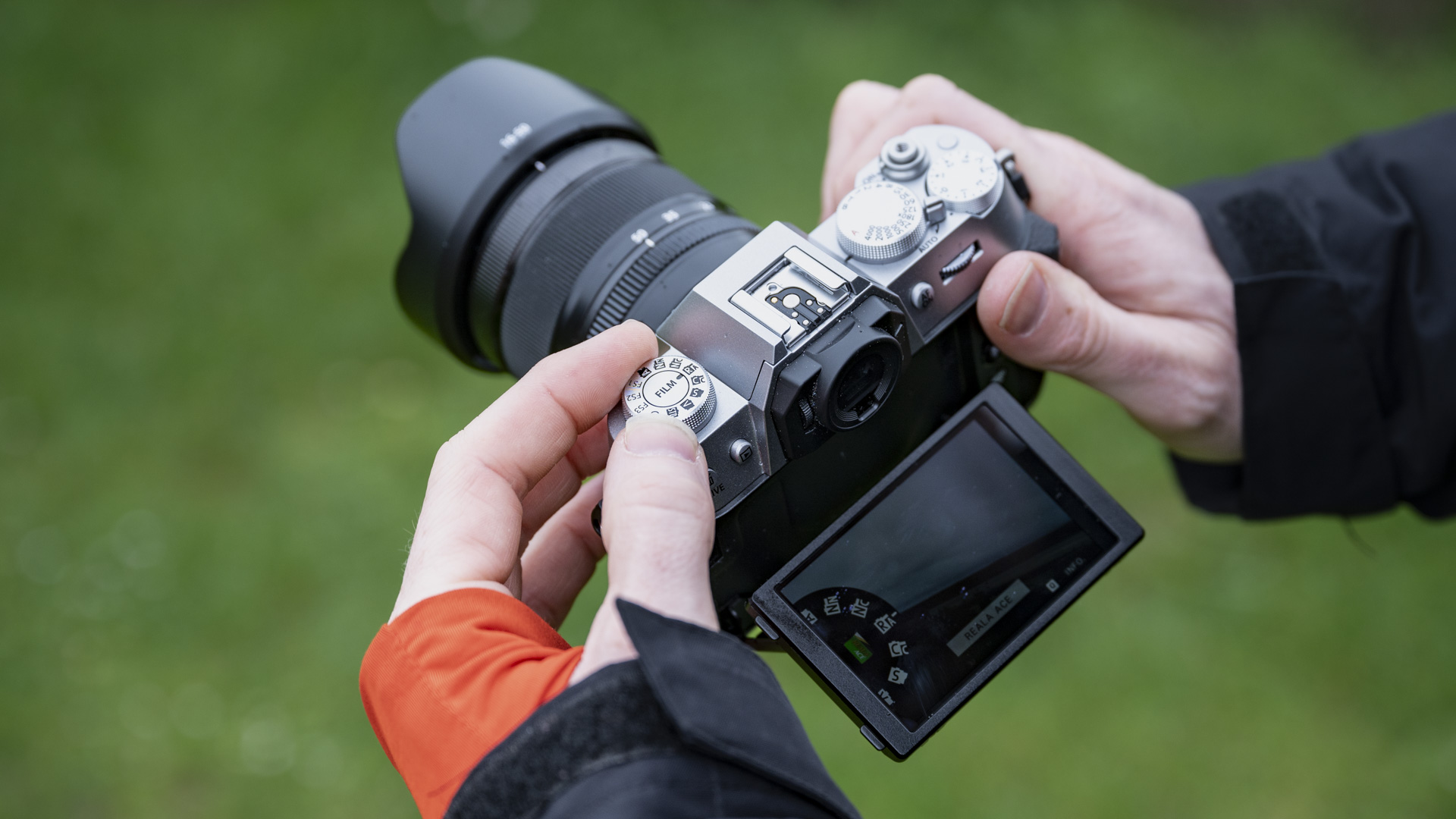
4. Video
Talking of stabilization, don’t get too hooked on video specs. For casual travel videos, as long as you can shoot 4K 30p video, a kind of baseline standard today, then rock-steady image stabilization is going to be worth far more than fancy log color profile modes and 10-bit codecs.
One of the reasons we love the OM System OM-5 II for travel photography is its in-body image stabilization (IBIS), or you could step up to the slightly larger Fujifilm X-T50. IBIS is still not that common in small travel-friendly cameras.
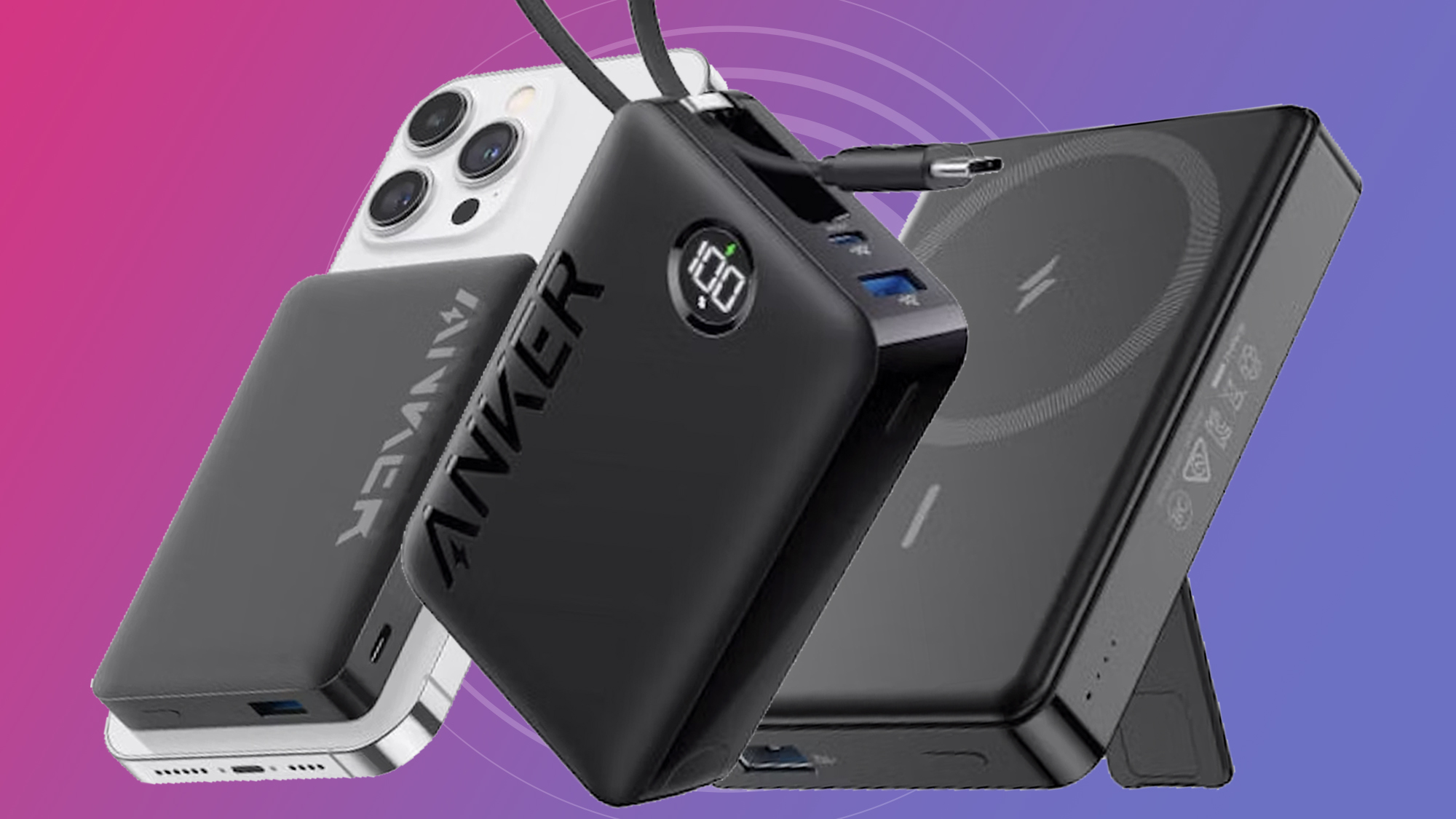
5. USB charging/ power
Battery life is a headache even with the best compact and mirrorless cameras. One solution is to take spares, but you might need to carry a couple for a full day’s shooting, and once they’re done, they’re done. Instead, why not take a good power bank?
A power back won’t cost any more than a single spare battery and you can keep your camera charged on the go. Just about all modern cameras support USB-C charging given it's now an industry standard, and some can be used with a power bank connected. Older cameras are unlikely to have this feature though.
USB-C charging is the perfect way to keep your camera topped up while you’re in a café, on a tour bus or simply walking from one location to another.
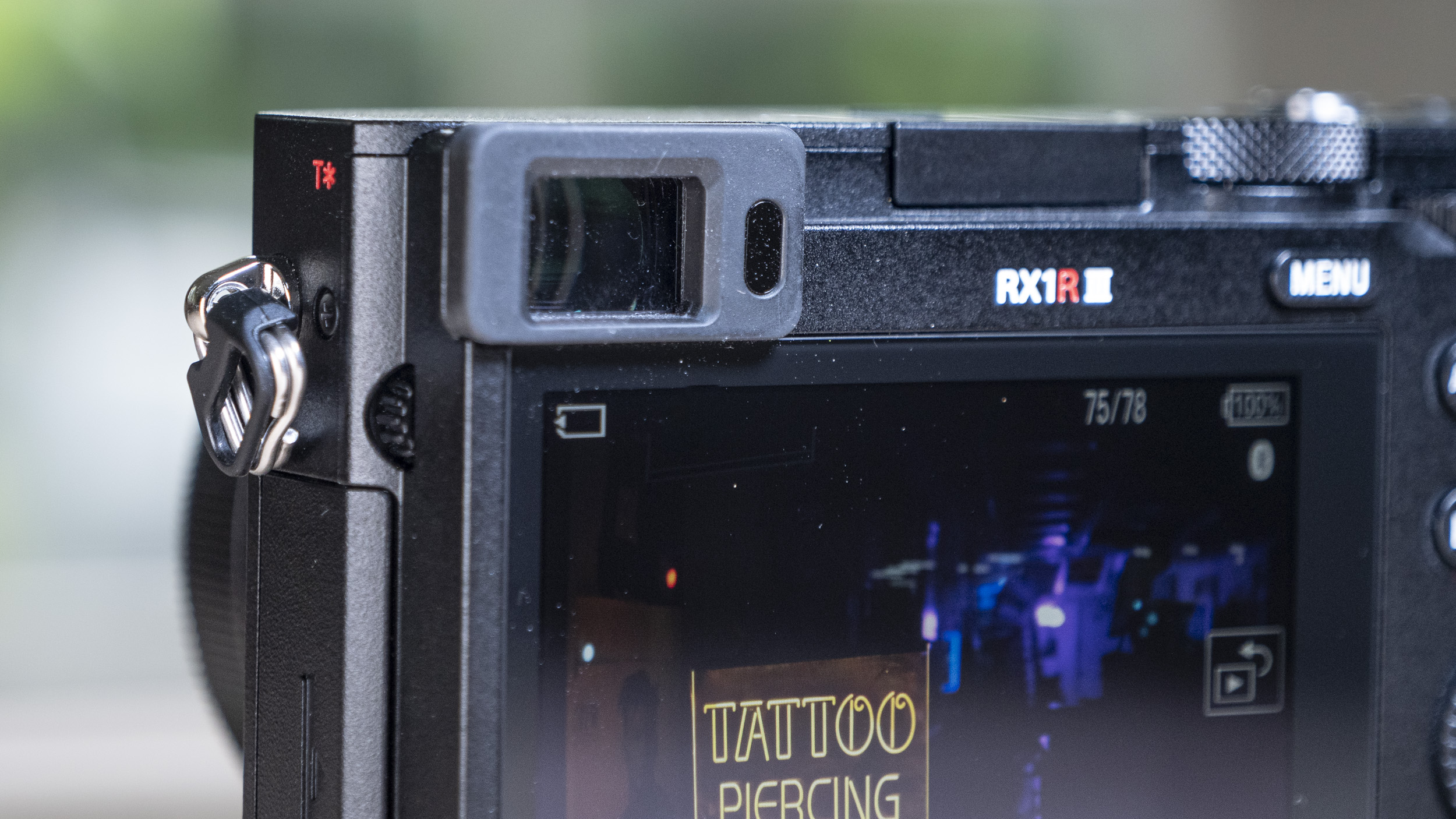
6. An EVF
A lot of hybrid ‘vlog-style’ cameras just have an LCD screen and no EVF. That’s fine until you step outside into brilliant sunshine and your LCD is instantly swamped by glare.
You can increase the LCD brightness and it might be enough to make the image visible, but that takes several seconds (if you know where the setting is), which is not much help when you’ve only got three seconds before the next batch of sightseers elbows you out of the way.
You might not need an EVF all the time, but there will be moments when it’s just as essential as an LCD screen.
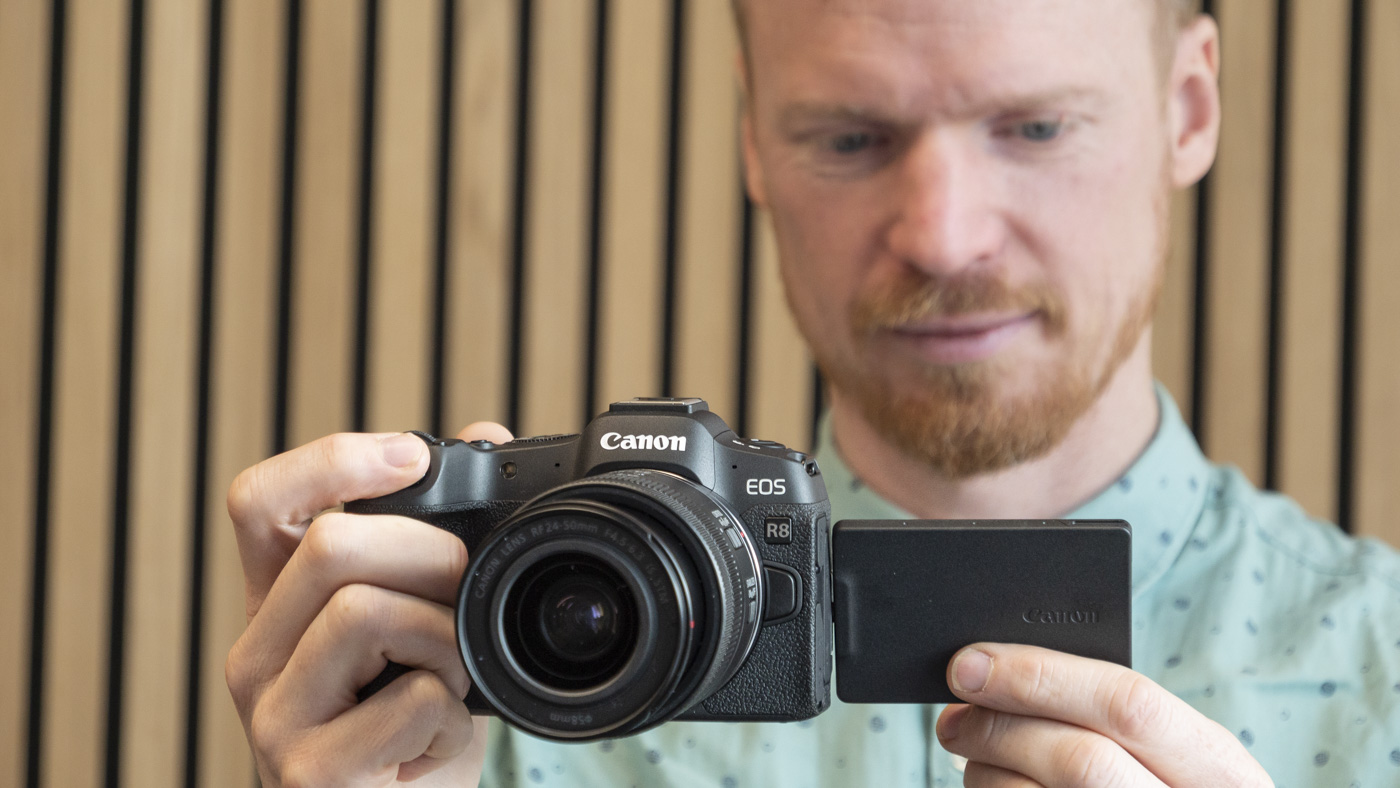
7. Touch shutter/ autofocus
AI-powered subject detection? Fine. 5,000 user-selectable AF points? Whatever. But really, what you actually want a lot of the time is just to be quick and inconspicuous, and touchscreen touch-AF/touch-shutter is just perfect for this.
You can hold the camera at waist level so that you don’t look so much like a tourist and tap to focus and shoot in a single action. AF doesn’t always have to be clever, but it does need to be fast and simple.
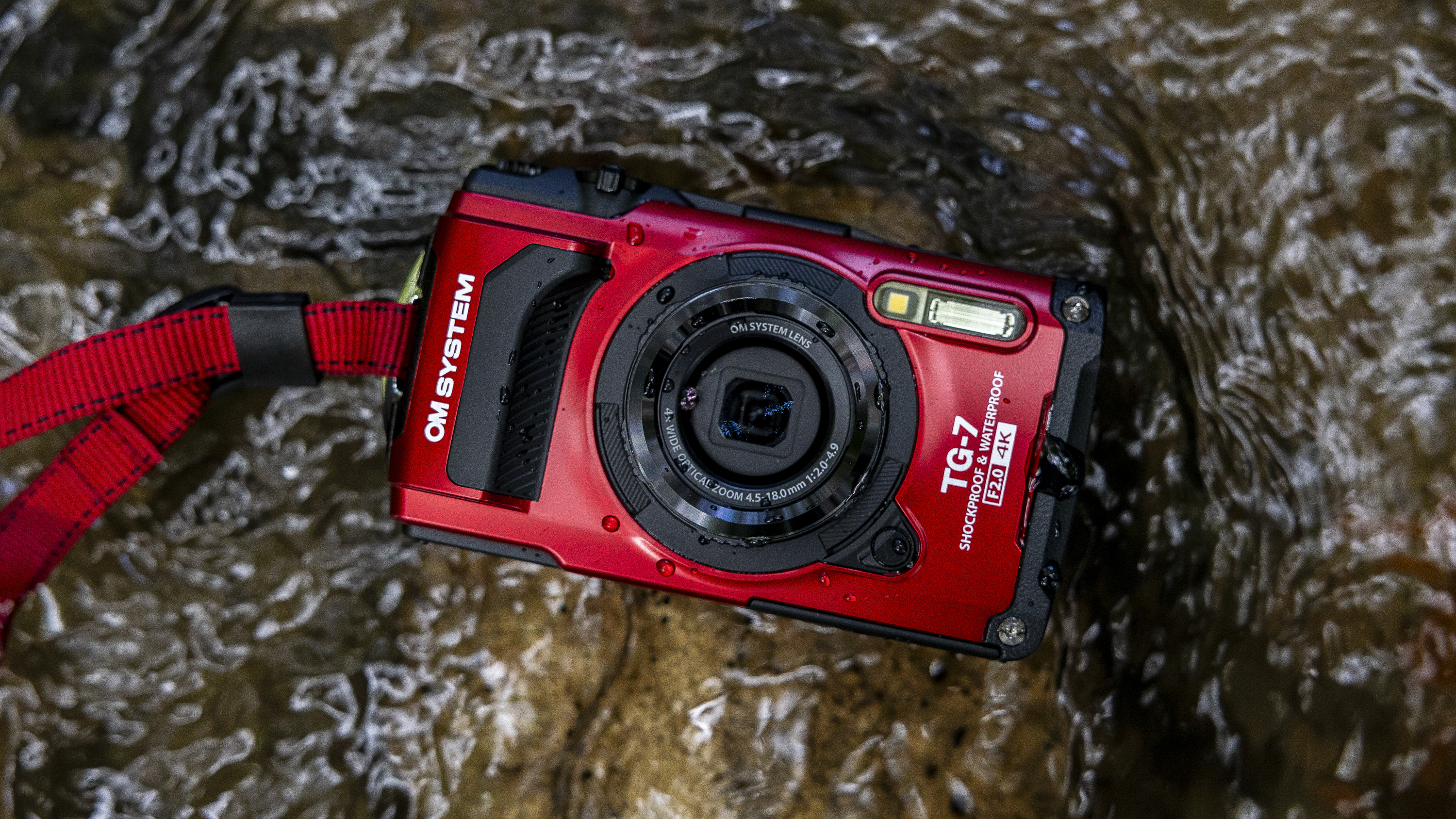
8. Dust and weather sealing
You might be drenched in low cloud at Machu Picchu or roasting at the edge of the Sahara desert, and while you and I can shrug off a bit of rain or dust, your camera… not so much.
This is why weather sealing is a great feature for a travel camera. You can’t control the weather, but it’s good to know you that your camera can deal with it. If your camera's build quality means it needs protecting, travelling probably isn't the best use case for it.
9. A good companion app
If you like to share your experiences, even as you go, you need a good companion app for your camera on your smartphone that connects quickly and can send photos to friends and family back home, right there and then – or which can upload photos and videos to your social channels.
Look out for apps that also work as remote camera controls (most do) so that you can set up selfies and group shots with everyone included, straight from your phone.
Those are the top nine features I look out for in a travel camera. But what about you? Let me know which camera features you can't travel without in the comments below.
You might also like
- The best travel camera for 2025: the finest choices for your adventures
- Photography and hiking are my idea of a dream weekend – this is the perfect camera system I take into the great outdoors
- Fujifilm could soon launch the perfect travel combo for beginner photographers with its rumored X-T30 III and kit lens

Rod is an independent photographer and photography journalist with more than 30 years' experience. He's previously worked as Head of Testing for Future’s photography magazines, including Digital Camera, N-Photo, PhotoPlus, Professional Photography, Photography Week and Practical Photoshop, and as Reviews Editor on Digital Camera World.
You must confirm your public display name before commenting
Please logout and then login again, you will then be prompted to enter your display name.